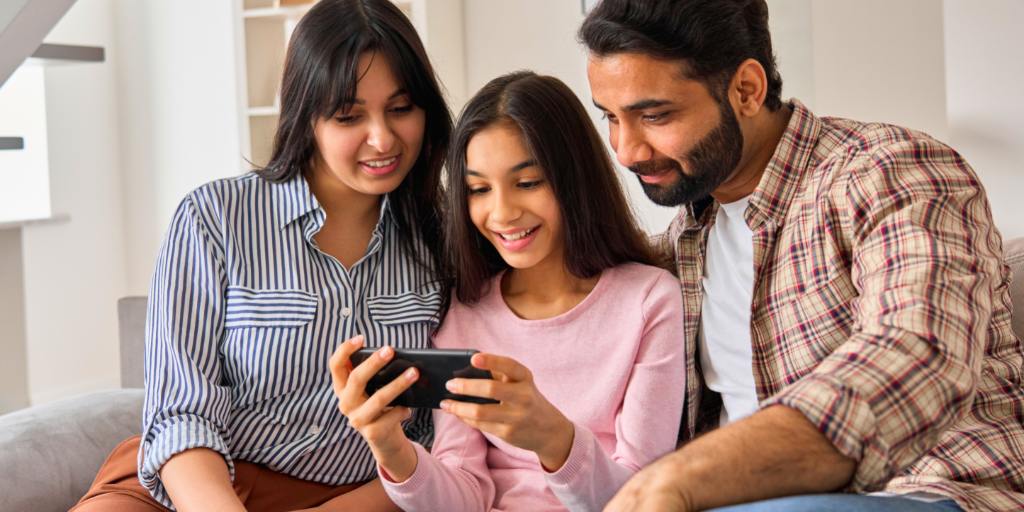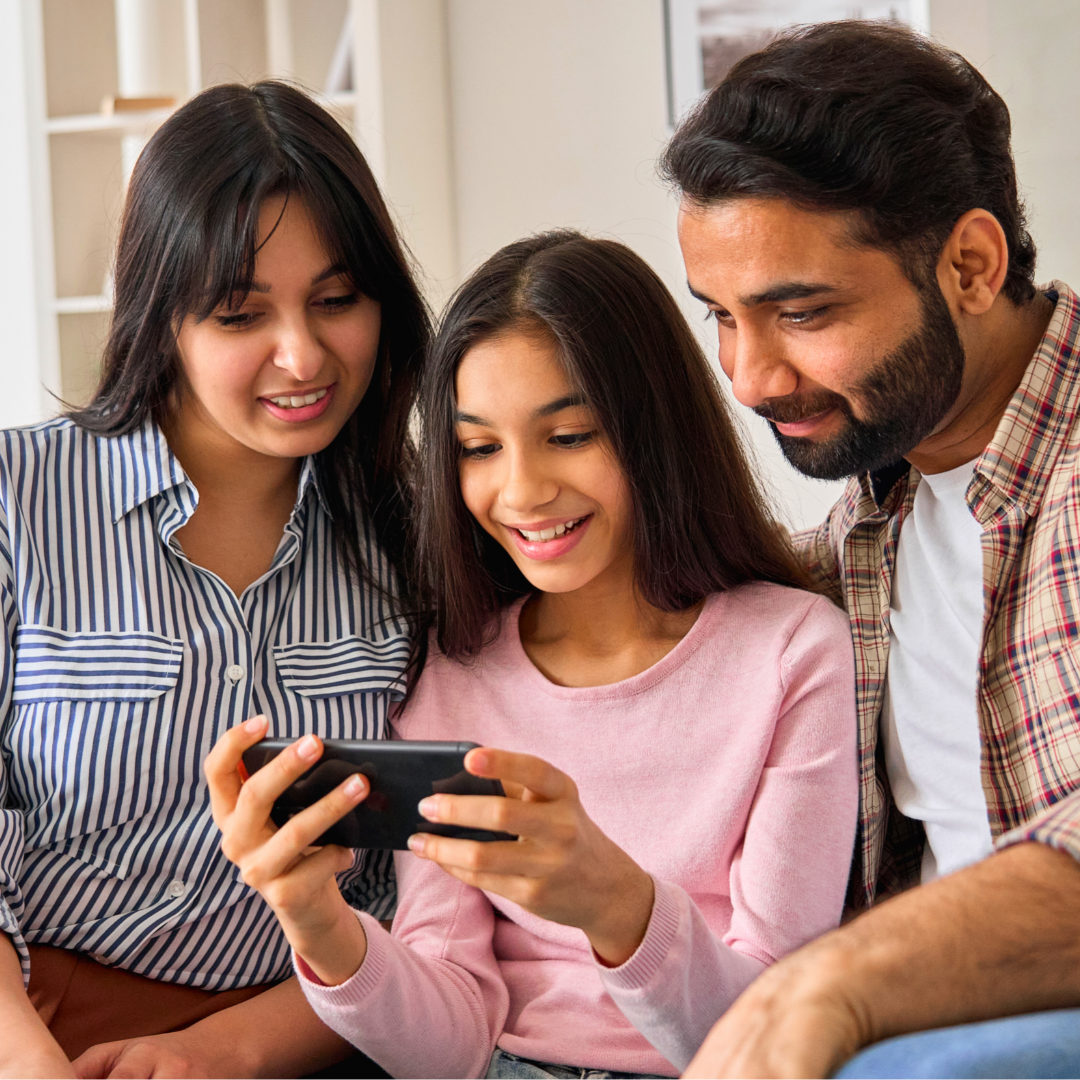
Charisse Tierney and her husband discovered unexpected benefits as they guided their teens toward good digital citizenship.
My 18-year-old son has been touring the country with a drum and bugle corps this summer. The primary way we have been communicating is through text messages that he sends during brief breaks from their rigorous practice schedule. While I prefer hearing his voice or talking to him in person, I’ve been pleasantly surprised at how texting has allowed me to grow closer to him in a different way.
Texting with each of my three teenagers has opened my eyes to new aspects of their personalities. The timing of their responses, the words they choose, the emojis they choose, and whether they choose to respond at all has helped me get to know them better through a language they understand well: the language of technology.
Technology combined with teens often has a negative connotation. My teens have cell phones because my husband and I want them to learn to use them while we are close by to guide them.

Monitoring our teens’ use of technology hasn’t always been easy, but I’ve also seen a big positive emerge. The veil of the screen that can result in misuse has also allowed my teens to feel more comfortable telling me (or typing to me) “I love you” or “Miss you too” much more often than I would hear them say it out loud.
My husband has developed an “inside joke” type of text banter with my teen daughter that shows me her frequent eye rolls at his dad jokes are actually conveying a hidden affection.
I never thought that my teens’ texts would make me feel so loved and needed.
It’s true that our teens have a vacuum that longs to be filled. And it’s true that they will try to fill it with all that technology has to offer—the good and the bad—if we don’t work every day to fill it with personal interaction, real life experiences, and loving relationships.
But what if we can also use technology to fill some of that vacuum by the way we use it to relate to them?

Carlo Acutis is a modern saint who used technology to do wonderful things. When he was just 11 years old, he began a years-long project of building an online catalogue of Eucharistic miracles around the world. He showed that teens can use their innate knowledge of technology to spread the love of God to the world.
Maybe the way we use technology with our teens can inspire them to use technology for good in their own way.
Just as our family relationships are the manifestation of the love of the Holy Trinity, so too can our communication to our teens through text or social media convey the fruitful love of holy relationship.
When our teens see us using technology to post positive thoughts on social media, write articles that remind people of God’s presence in the world, and stay connected to those we love, they learn to use technology well.
My oldest son recently won an award from the drum and bugle corps he has been touring the country with all summer. Right after he received the award, he texted my husband with a photo of the plaque and simply said, “I got this.” It filled my son’s vacuum to be able to instantly show his dad what he had won. And it filled my husband’s vacuum to get that text from halfway across the country just moments after the award had been given. That one photo and those three words revealed the strength of their relationship.
Timing. Word choice. Response. Technology can be the bearer of so much evil, but it can also be the bearer of so much good. It is up to us to show our children how to persist in the spiritual battle and fill their—and other people’s—vacuums with that which truly satisfies.

Copyright 2022 Charisse Tierney
Images: Canva
About the Author

Charisse Tierney
Charisse Tierney lives in Wichita, Kansas, with her husband Rob and seven children. Charisse is a stay-at-home mom, musician, NFP teacher, and a Catechesis of the Good Shepherd catechist. She is also a contributing author to The Catholic Mom's Prayer Companion and Family Foundations magazine. Charisse blogs at Paving the Path to Purity and can be found on Facebook.


.png?width=1806&height=731&name=CatholicMom_hcfm_logo1_pos_871c_2728c%20(002).png)
Comments